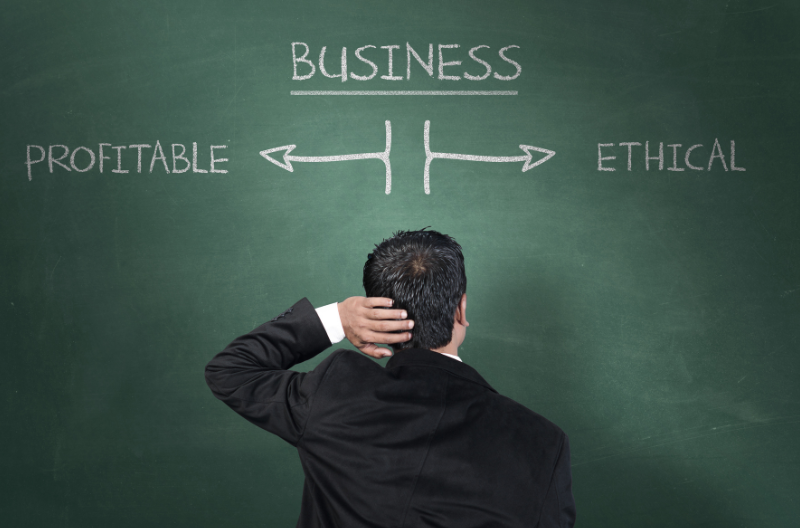Insights / social capital and social infrastructure
Why 2025 is the Year of Social Capital
By renae hanvin
December 1 2024

As we wrap up another busy year at Resilient Ready, we’re already looking ahead to how 2025 is shaping up – and we think it will be the Year of Social Capital!
For several years, social capital – the various tiers of networks that connect and draw together a community – has informed Resilient Ready’s approach to engaging and empowering businesses, organisations, and community groups to survive and thrive through difficult times.
That’s because we know that nobody knows a community better than the people who live and work there.
Neighbours, family members, local businesspeople, sports club members, volunteers – these are the same people who will step up and drive local recovery following a disaster.
They’re also the same people who – having learned lessons from previous disasters – have the power to ensure their communities will be better prepared to survive disruptions down the track.
Likewise local services, facilities, spaces and places used every day by communities take on another level of significance during disasters as critical supports and gathering points, shelters and emergency centres.
What is social capital and why does it matter?
Social Capital encompasses the trust, ties and networks that bind people while social Infrastructure is the places and spaces that build those connections.
Resilient Ready’s interest is led by the role social businesses play in communities. Behind every business (including not-for-profits) are people and places to connect.
We integrate social capital and social infrastructure initiatives and benefits into all of our solutions, but measuring the success of our programs from a social capital perspective has always been a challenge.
But we love a challenge!
So how do you measure community connection?
Well right now in Australia you can’t, and that’s why Resilient Ready has embarked on a ground-breaking project to do just that.
Our needs-led focus is framed by our South Australian Snapshot project delivered in 2024.
An extension of the snapshot, funded through the Disaster Ready Fund (DRF) in collaboration with our lead agency SAFECOM, we will be creating a national definition and measurement criteria for people connections and places where people connect.
“With no systematic data on the levels of communal resources across Australia, decision makers can’t effectively position resources before a flood, fire or other event to ensure less connected communities have the resources they need,” Resilient Ready Founder Renae Hanvin said.
If we have no idea what level of connection or resources a community has to start with, it is impossible to claim that programs have increased social capital or social infrastructure, as there are no baseline measurements of these important assets.
“Knowledge is power when it comes to building disaster preparedness and resilience, and a national definition and measurement criteria for social capital and social infrastructure will benefit every Australian.”
And that’s why as part of our forthcoming project, ‘Creating a Social Capital and Social Infrastructure Measurement Framework,’ we’re working with disaster recovery expert Professor Daniel Aldrich, and his social capital and social infrastructure heatmapping datasets, to demonstrate the benefits of this type of measurement.
Before we kick off, we’re reaching out to our own network and asking you to share what you know about Social Capital and Social Infrastructure in Australia. This information will help us understand the current landscape across Australia associated with building resilience via people connections and the places people connect.
Be sure to check back on our blog for updates, this one is sure to be a game changer!
Resilient Ready is a social enterprise delivering innovative solutions to enable every organisation to thrive before, during and after disasters. To keep updated on news and current projects, sign up to our newsletter.



